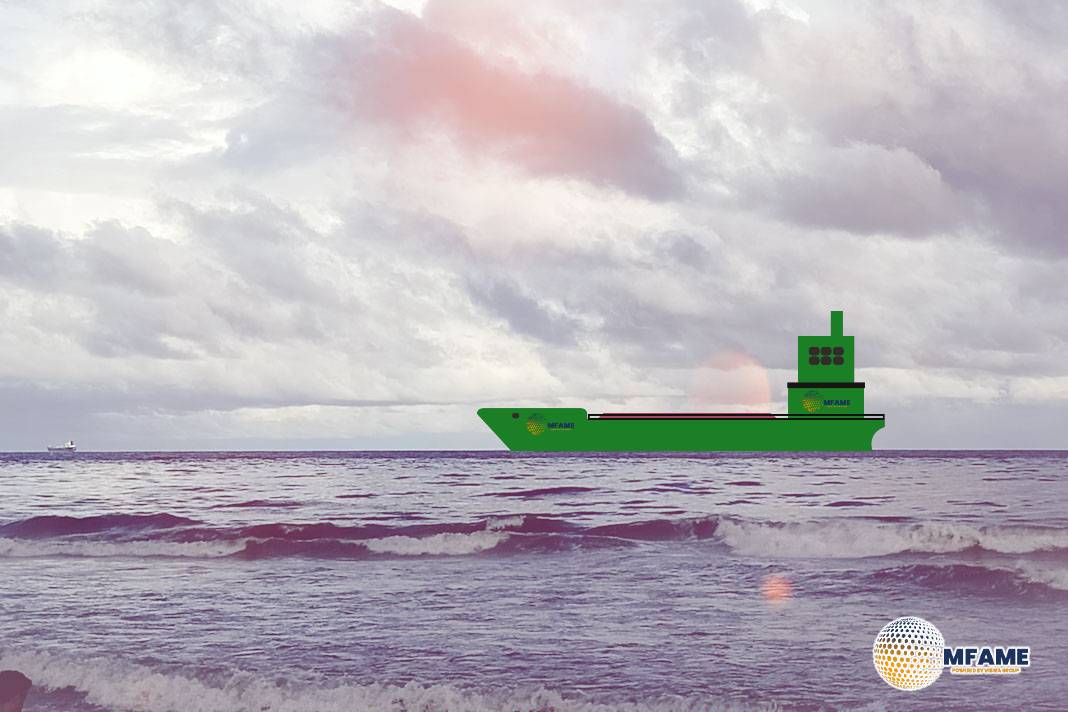The shipping industry faces a formidable challenge in decarbonization, often classified as a “hard-to-abate” sector due to its heavy reliance on fossil fuels and complex operational requirements. With over 50,000 cargo ships at sea at any given moment, the sector accounts for approximately 3% of global greenhouse gas (GHG) emissions. This figure is indeed significant, notably exceeding the around 2% contributed by aviation to global CO2 emissions, highlighting the urgent need for emissions reduction in shipping.
Carbon Capture Technology
In 2023, Seabound partnered with Lomarlabs, a subsidiary of UK-based shipowner Lomar Shipping, to pilot its new carbon capture device. This project was part of the U.K. Department for Transport’s 2022 Clean Maritime Demonstration Competition Round 3, which allocated $82 million to various flagship projects aimed at maritime decarbonization.
Seabound’s technology involves a compact carbon capture device that can be retrofitted into a ship’s engine exhaust at the funnel, making it adaptable for a wide range of existing vessels. The system is designed to take up minimal space onboard. The core mechanism involves a chemical reaction where carbon dioxide (CO2) from the vessel’s diesel exhaust reacts with calcium oxide (quicklime) pebbles. This converts the CO2 into calcium carbonate, or limestone, effectively locking in the carbon and preventing its release into the atmosphere.
The resulting limestone pebbles can be easily stored on the ship until it returns to port. Once ashore, the limestone can be offloaded for sale in its pure form, or it can be reseparated into quicklime and CO2. The quicklime can then be reused on other vessels, creating a circular economy for the sorbent material, while the captured CO2 can be utilized or sequestered. Co-founders Alisha Fredriksson and Roujia Wen adapted this quicklime-based carbon-capture technology from industrial plants, developing a prototype that successfully attracted $4 million in funding from investors seeking solutions for shipping decarbonization.
Project Advancement and Efficiency
During initial pilot projects, Seabound demonstrated promising results, achieving a carbon capture efficiency rate of 78 percent and over 90 percent sulfur capture. The team’s goal is to further improve this to an impressive 95 percent emission capture. The prototype, during tests, successfully captured approximately one tonne of carbon dioxide emissions a day.
In 2025, the project continues to advance significantly. Since the initial tests, Seabound has refined its prototypes and conducted further trials in Turkish shipyards, on the deck of a 3,200-container ship, and during a three-week voyage through the Suez Canal. A key development is the design of the new prototype to the dimensions of a standard 20-foot shipping container. This design allows the carbon capture unit to slot in seamlessly with regular cargo on deck.
The innovative approach involves stacking several quicklime containers alongside regular cargo. This allows shipping companies to incrementally increase carbon capture as a journey progresses by swapping out containers holding limestone for fresh quicklime containers. This modular system provides flexibility for shipping companies to manage their level of carbon capture based on voyage length and specific decarbonization goals.
Towards a Greener Process
To enhance the overall sustainability of the project, Seabound is actively working with companies to source “green quicklime.” This involves collaborating with producers who use kilns heated with renewable energy or incorporate carbon capture technology into their quicklime manufacturing operations, aiming to make the entire process more environmentally friendly.
Despite the technological advancements, the integration of carbon capture into vessels has sparked debate among environmental groups. Organizations like Opportunity Green express concern that such retrofits could inadvertently deter the maritime sector from investing in long-term decarbonization options, such as transitioning to truly zero-emission fuels. Blánaid Sheeran of Opportunity Green warned that “The potential for short-term use of carbon-capture retrofits on existing vessels should not become a justification to extend the lifespan of fossil fuels or delay the shift to truly sustainable alternatives.”
Did you subscribe to our daily Newsletter?
It’s Free Click here to Subscribe!
Source: Oil Price


















